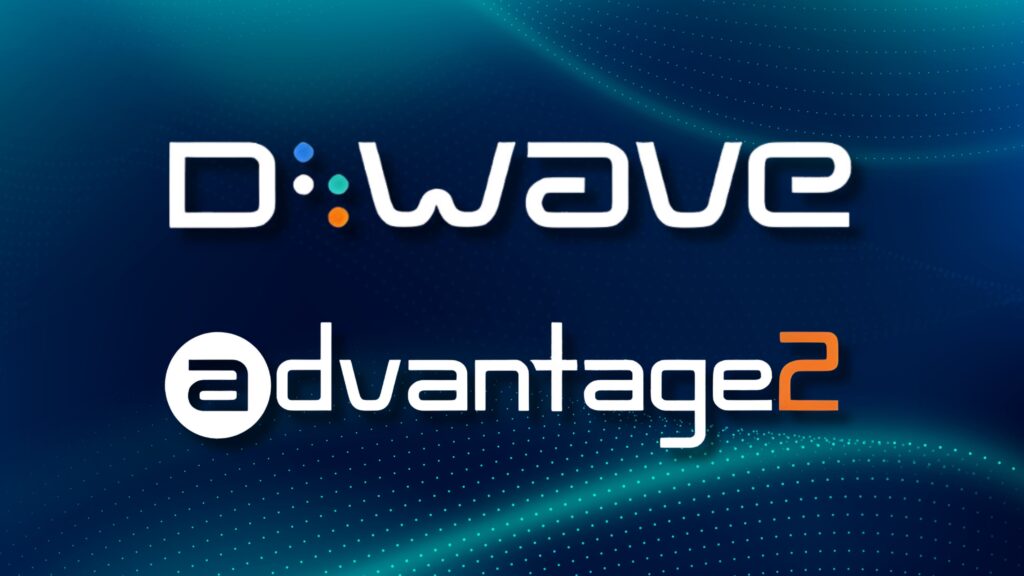Advantage2 pushes D-Wave’s quantum computing closer to mainstream use
D-Wave positions Advantage2 as proof that quantum computing is shifting from theory to practical, energy-efficient business use.

Quantum computing has long been framed as a future promise, but D-Wave argues real-world use has now arrived. The company says its Advantage2 system is already running complex optimisation tasks for businesses through both cloud and on-premise deployment.
D-Wave highlights a recent physics experiment as evidence of this shift, claiming the system solved a materials-modelling problem that would take a top supercomputer nearly a million years. The result, completed in minutes, serves as a proof point of practical quantum performance.
The company says accessibility is central to its approach, emphasising that Advantage2 can be programmed in Python without specialist quantum expertise. It frames this ease of use as essential to broader adoption beyond research labs.
Industry deployments are cited across logistics, telecoms, and manufacturing. D-Wave points to scheduling gains at Pattison Food Group, network optimisation at NTT Docomo, and faster production planning at Ford Otosan as examples of measurable operational benefits.
Energy efficiency is another focus, with D-Wave stating that each of its six hardware generations draws roughly 12.5 kilowatts. The company argues that this stable power use, paired with rising performance, positions quantum systems as a lower-energy option for hard computational problems.
Would you like to learn more about AI, tech, and digital diplomacy? If so, ask our Diplo chatbot!

